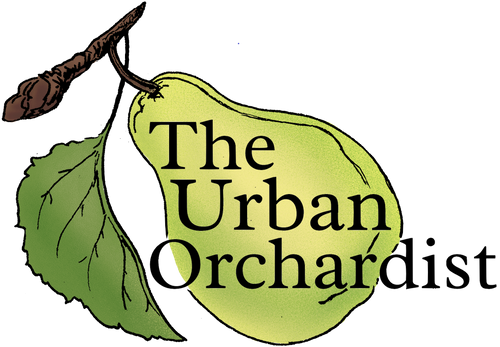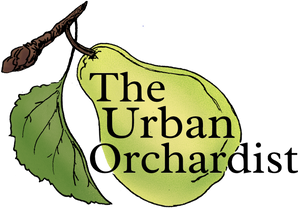

Elderberry
Elderberries are beautiful, resilient, versatile, and abundant fruit shrubs to add to your landscape. Their flowers and fruits can produce a tasty treat for yourself and the local ecology, with over 120 bird species and native bees that use elderberry as a food source or nesting material.
Large white clusters of flowers, called cymes, bloom in June through July. These sweet florals are used to produce elderflower syrup, which is enjoyed widely in drinks and desserts (they're also great in tea, mead, and wine). Up to 30% of cymes can be harvested yearly without decreasing berry yields in August-September. In the first year, it is recommended to remove flowers to direct your plant’s energy towards root and shoot growth.
Elderberry fruit has many culinary and medicinal uses. The fruit is nutritious and a great source of vitamins A and C, potassium, folate, calcium, iron, and fiber. Elderberries are popular in pies, tarts, crumbles, jellies, and wines. It is important to note that the berries must be cooked before eating and stored frozen rather than canned for safety.
Fruit production is bountiful when elderberry is sited in a sunny location, though it tolerates shadier areas. It takes an elderberry a few years to become really productive. These berries are wind-pollinated and should be planted within 60 ft of another elder. Regarding soil type, they are not fussy and tolerate dry and wet conditions, with a preference towards wetter conditions due to shallow roots. An additional ecological benefit of elderberry is the ability of its relatively shallow but extensive root systems to stabilize areas prone to erosion.
Penn. State University - Elderberry in the Garden and Kitchen
West Virginia University - Elderberry Extension
Image Credit:
Elderflower: Sebastian Maćkiewicz, 2005. Wikimedia Commons.
Elderberries: Jonathunder, 2007. Wikimedia Commons.




